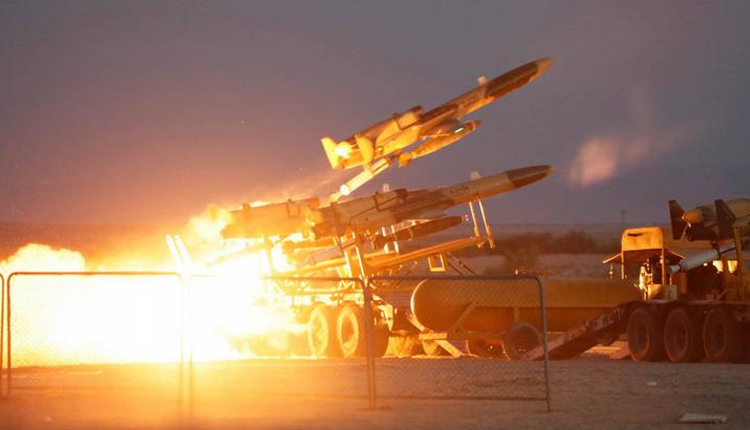Tel Aviv: Israel Iran relations have again strained with Israel alleging it struck vital parts of Tehran aerial complex and a newly constructed missile producing plant. The airstrike that targeted Saudi Arabia on 26th of October led to speculation of possible revenge attacks by Iran in the Israeli territory. But, Iran’s Defence Minister Aziz Nasirzadeh dismissed these allegations stating that missile manufacture has not been altered in any way due to the attack.
Iran is recognized to have a formidable missile arsenal that is an integral part of the reformation of its defence programme that can strike geographical area of as far away as Israel or Saudi Arabia. A report released in January 2021 by the Centre for Strategic and International Studies suggested that Iran a inventory of thousands of cruise and ballistic missiles including what Air Force General Kenneth McKenzie reported in 2023 reported thousand of ballistic missiles in Iran’s weapons arsenal.
Shahab Missiles: The current paper allots a specific attention toward identifying the potential source of Iran’sadditional surface to medium-range missile capacity which is now considered as the backbone oftheir intermediate-range missile system.
Some of the most Antora Industrial missiles include the Shahab-3 and Shah ab-4. The Shahab-3 is an improvement over the Shahab-2, with a range of 800 to 930 miles, uses liquid propellant technology and can carry up to a payload of 1650 pounds. Its improved version the Shahab-4 can reach a distance of 1,240km with a payload of 2,200 pounds. There are two modern models of the Shahab-3 missile: Ghadr and Emad; the latter is designed to hit a target to within 300 meters.
Fath-1: Iran’s Hypersonic Development
Latest among them is the new hypersonic missile called Fath-1 launched by Iran, expected to have a speed of 3,800 to 6,100kms per hour, five times the speed of sound. Hypersonic missiles feature in any system by being equipped with manoeuvrable warheads that can counter missile systems. In the words of Fabian Hinz, a research fellow at the International Institute for Strategic Studies decreased the distance from the Fath-1’s warhead to the target and its ability to maneuver towards the target, affords the missile considerable protection from conventional defense systems.
Iran’s Missile Development History: From Importation to Independent Filmmaking
Iran started missile development in 1987 by manufacturing Scud missiles under import contracts signed with Libya and Syria. Following initial drawbacks in the building of home-grown missiles, Iran turned to North Korea between 1987 and 1992 to buy technology and equipment coaxing 200-300 Scuds missiles. This gave genesis to Iran’s independent missile production which has grown through the partnerships with China and more recently with Russia.
Exporting Missiles: Iran’s increasing power and the world’s worries
The missile development program in Iran went hand in hand with exporting missiles to other countries including Russia. If one recalls the Ukraine conflict, G7 countries were angered by Iran selling ballistic missiles to Russia and threatened to impose an embargo. Although the Iranian missile activity is still providing missiles to Russia, Iran has been carrying out selling missiles to other countries, especially those that helped it in establishing the missile programme in Iran in the early days.
The relations IP and Iran remain tense as the risk of a new military confrontation increases; options here include the missile program of Iran and the continuity of Iran’s missile production make the situation in the Middle East even more tense. The world closely monitors the developments fully aware of the repercussions that these sophisticated missiles systems pose to the stability of a given region.



Comments are closed.